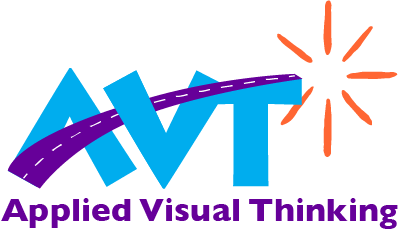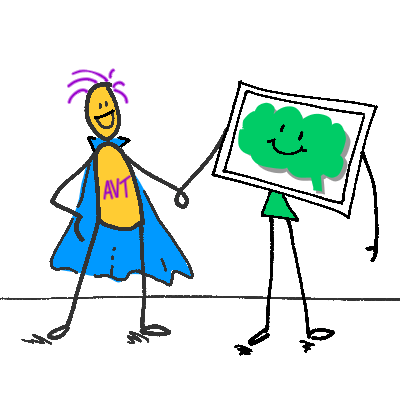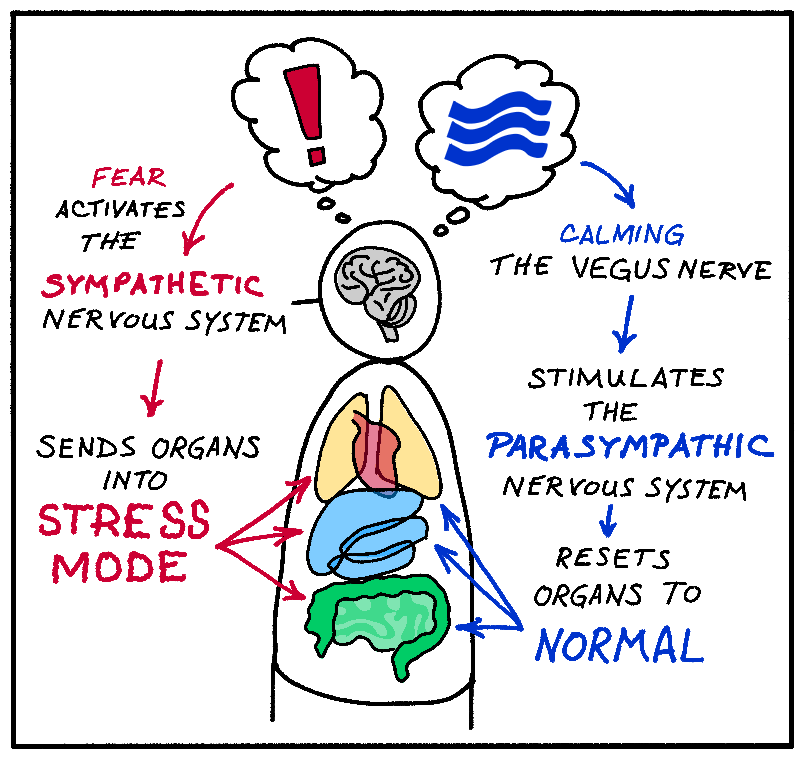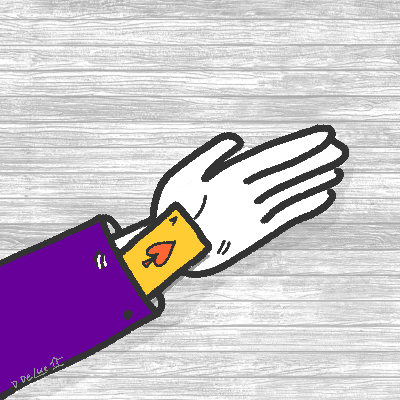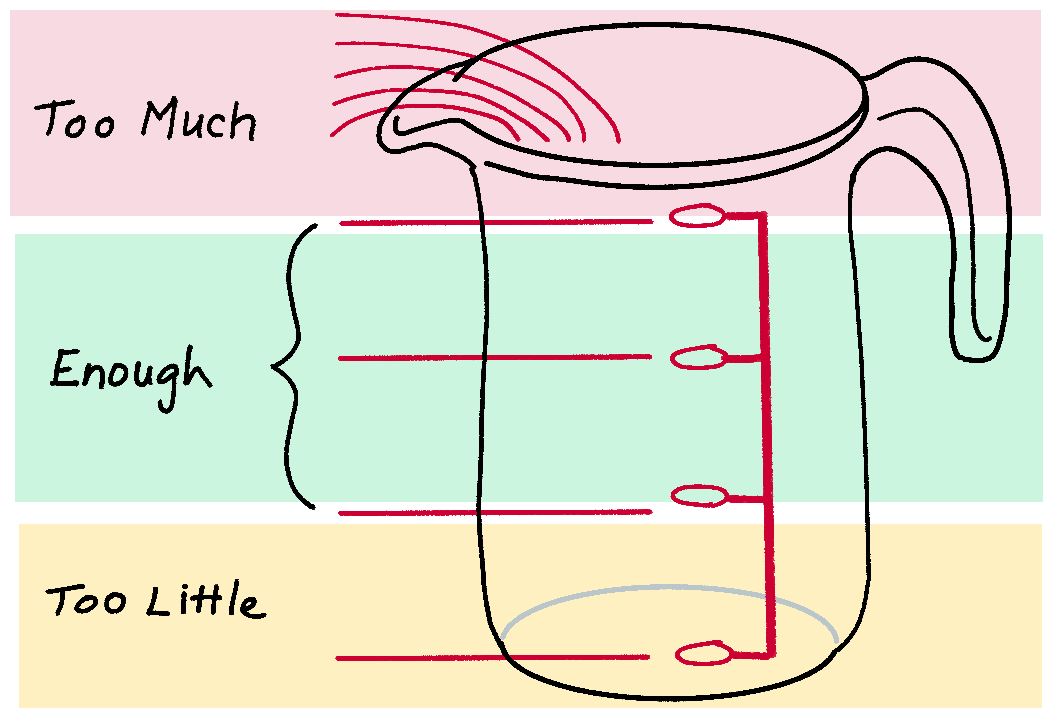Visuals and Building a Second Brain go hand in hand
The Art of Applied Visual Thinking
Recently I was introduced to Tiago Forte's excellent book, Building a Second Brain, and was immediately captivated. The second brain concept uses simple digital software systems that you may already be using to Capture, Organize,
Distill and Express information. The big payoff is that you can save all your hard-earned knowledge with just a tiny amount of extra effort. This system allows you to quickly and easily access and share your knowledge with others in the future while freeing up brain space for other things.
Visuals and building a second brain go hand in hand.
I have been struck by how well the Building a Second Brain concepts mesh with Applied Visual Thinking.
- Drawing is a great way to capture and understand complex ideas. Moreover, research has shown that drawing is also one of the best ways to retain more information. The best part is the quality of the drawings does not matter; stick figures, simple shapes, and a few arrows are enough to get started.
- Creating sketchnotes is an excellent way to distill and organize information visually. Sketchnotes are ideal for capturing just the essential key points quickly and visually.
- The old axiom "A picture is worth a thousand words." still rings true. Words may be misunderstood. Sharing your drawings is the best way to communicate (or express) your ideas with others and gets everyone on the same page quickly.

Here's how I've been using visual thinking and building a second brain methods together.
- Storing ideas for new icons
- Capturing quick brainstorm doodles for a current project
- Building a library of visual thinking templates for a future book
- Saving the ugly and polished versions of my sketchnotes for future reference. I used to ditch my ugly sketchnotes until I read this article by Eva Lotta-Lamb praising ugly sketchnotes. Now I realize the value of keeping this work as a bonanza of ideas for future work.
- Gathering and backing up older visual thinking projects in my second brain. Viewing older work with fresh eyes reveals ideas I can use and expand on in new work.
I've been organizing all of these in my two favorite searchable apps — the Notes app on my iPhone/iPad and OneNote on my PC. I take a picture with my phone, add the photo to the correct app note or page, and type in a few keywords. That's it.
In less than a minute, I've backed up my visual work in a way that's digital, searchable, and easy to find and share.
Working visually is your secret superpower and capturing your work in a second brain frees up brain space for more creative, innovative visual thinking.
